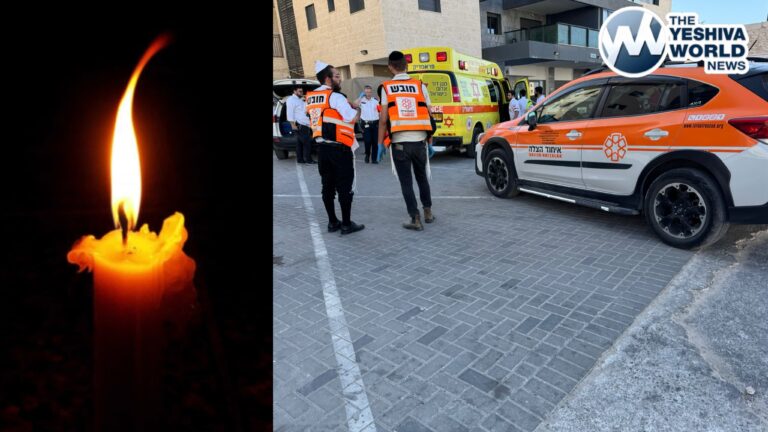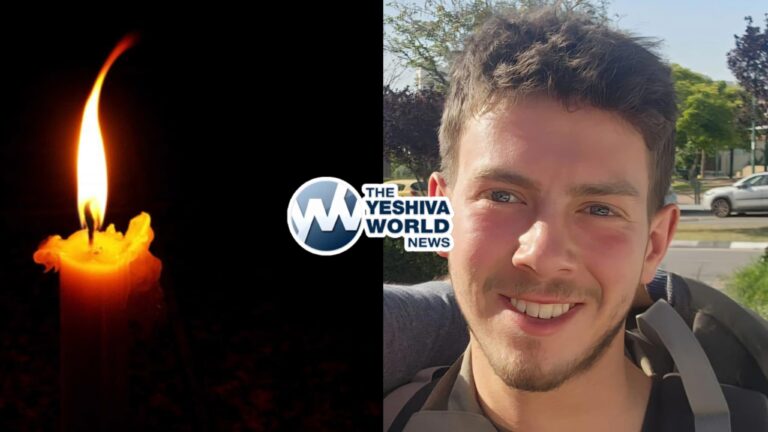 Every winter, BINA receives urgent calls from families in communities throughout the area about brain injuries suffered by pedestrians and drivers following falls and accidents due to icy street and sidewalk conditions, and others that occur as a result of winter sports accidents. Unfortunately, even a minor injury to the head can cause a traumatic brain injury resulting in life-altering physical, cognitive and emotional changes with devastating consequences both to the injured party and the entire family.
Every winter, BINA receives urgent calls from families in communities throughout the area about brain injuries suffered by pedestrians and drivers following falls and accidents due to icy street and sidewalk conditions, and others that occur as a result of winter sports accidents. Unfortunately, even a minor injury to the head can cause a traumatic brain injury resulting in life-altering physical, cognitive and emotional changes with devastating consequences both to the injured party and the entire family.
This year especially, with the unprecedented snowfalls and treacherous conditions currently being reported, BINA encourages every member of the community to vigilantly follow basic winter safety tips. Doing so will protect individuals of all ages from harm to the greatest possible extent, especially our most vulnerable children and seniors, with Hashem’s help.
General Safety: Walking and Driving
- Keep sidewalks clear of snow and ice (it’s the law in New York City!). Salt or sand surfaces as needed.
- Wear appropriate footwear with good traction to prevent falls.
- Pay attention to “black” ice patches when walking.
- Leave extra time to reach your destination in bad weather; rushing in adverse road conditions and traffic delays increase the risk of accidents.
- Leave plenty of distance between you and the vehicle in front of you. Greater distance is needed for braking on snowy and icy road surfaces.
- Prepare your car for the winter and take proper precautions when driving.
- Seat belts and car seats should be used year round as required by law for all passengers.
Winter Sports:
Every year, approximately 52,000 children ages 14 and under are injured nationwide in winter sporting activities. The following simple measures can prevent serious injury or even death r’l.
- Sledding:
Just recently, BINA received a call about a child who happily went sledding with the family after a snowstorm and slammed headfirst into a tree, suffering a serious concussion a result. Please be aware of the following important rules:
- Only sled during daylight hours
- Only sled in a sitting position; do not sled lying down head-first
- Do not sled on snow disks, inner tubes or household items such as garbage can lids; only steerable sleds should be used
- Never sled near traffic, streets, parking areas or water (lakes etc.) or in crowded areas
- Beware of potential hazards such as trees, rocks, fences and telephone poles in direct path of sleds
- Sled slopes should be covered in snow not ice, should not be too steep and should end with a flat runoff area
- Skiing and Snowboarding
- Always wear a proper-fitting helmet and protective gear such as gloves with wrist guards
- Stay on trails that fit your ability and experience and be aware of your surroundings at all times; inexperienced skiers should avoid crowded slopes and areas with trees and other obstacles
- Take lessons before skiing or snowboarding
- Never ski or snowboard alone
- Observe all posted signs and warnings and keep off all closed trails
- Ice Skating
- Children should be accompanied by an adult at all times
- Never ice skate alone
- Always skate in the same direction as the crowd
- Only skate in professional ice skating rinks
- Helmets should be encouraged during ice skating activities
For more information, please contact BINA at 718-645-6400, [email protected] or www.binausa.org
(YWN – Bina Press Release)










